Home>Furniture & Design>Interior Design Trends>What Type Of Stained Glass Window Was Invented During The Gothic Period?
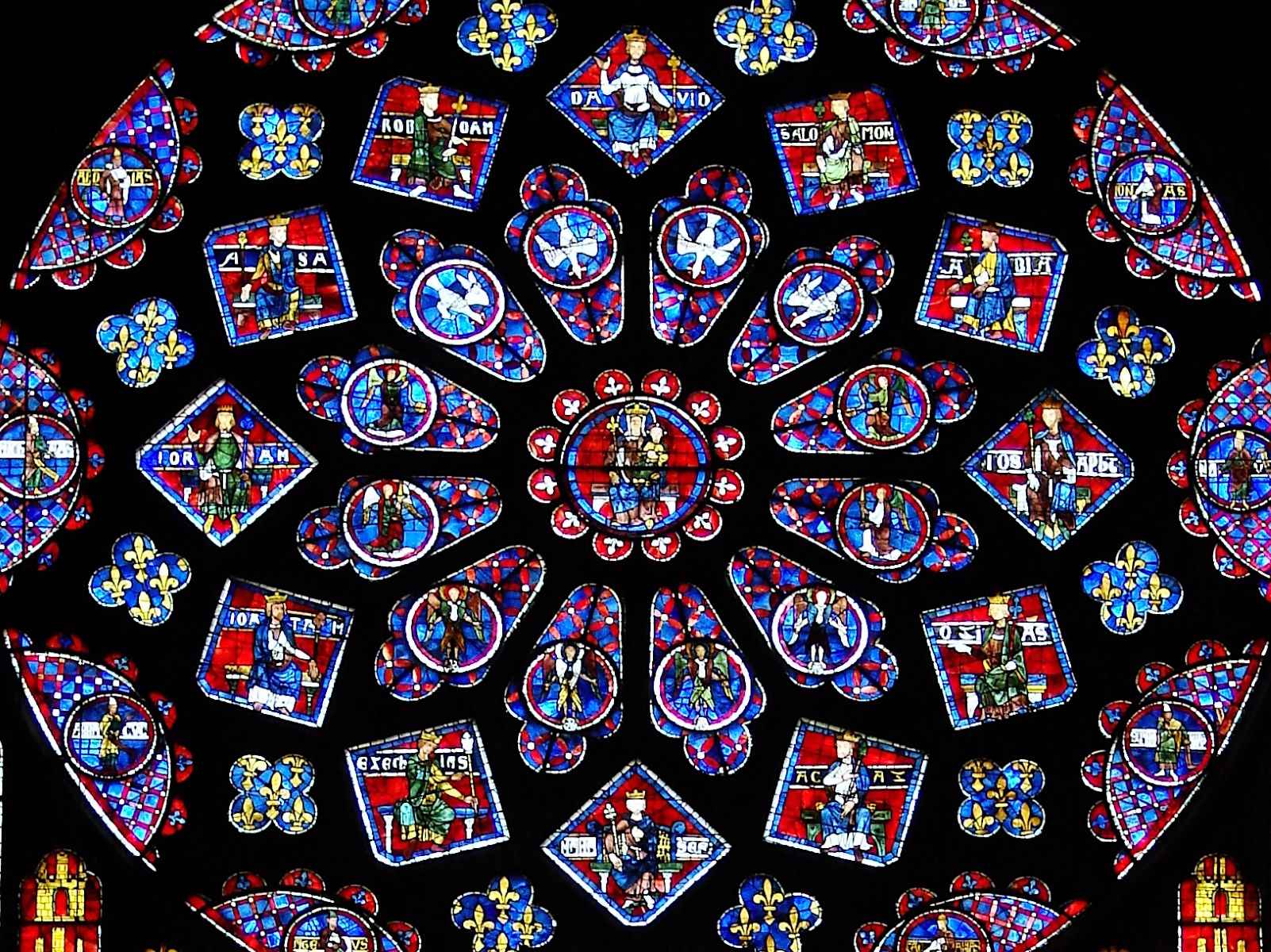

Interior Design Trends
What Type Of Stained Glass Window Was Invented During The Gothic Period?
Modified: August 20, 2024
Discover the stunning interior design trends of Gothic stained glass windows and their impact on architectural history. Explore the intricate details and timeless beauty of this iconic art form.
(Many of the links in this article redirect to a specific reviewed product. Your purchase of these products through affiliate links helps to generate commission for Storables.com, at no extra cost. Learn more)
Introduction
Stained glass windows have long been revered for their exquisite beauty and timeless allure. Among the various styles that have graced architectural marvels throughout history, Gothic stained glass windows stand out as iconic and awe-inspiring creations. Originating during the Gothic period, these windows are renowned for their intricate designs, vibrant colors, and profound symbolism.
Gothic stained glass windows emerged as a defining feature of Gothic architecture, which flourished in Europe from the 12th to the 16th century. This period marked a significant shift in artistic expression, characterized by soaring cathedrals, pointed arches, and ribbed vaults. Within this architectural landscape, stained glass windows played a pivotal role in illuminating sacred spaces and conveying religious narratives to the masses.
The allure of Gothic stained glass windows lies in their ability to transcend mere decorative elements. These windows served as a visual representation of the divine, harnessing the interplay of light and color to evoke a sense of transcendence and spiritual awe. Through the skillful manipulation of glass and lead, artisans of the Gothic era crafted windows that transformed ordinary sunlight into a mesmerizing kaleidoscope of hues, casting a spellbinding ambiance within the sacred interiors.
As we delve into the world of Gothic stained glass windows, we embark on a journey through time, exploring the craftsmanship, symbolism, and enduring legacy of these masterpieces. From the ethereal glow of rose windows to the intricate storytelling depicted in lancet windows, each pane of glass holds a story waiting to be unveiled. Join us as we unravel the mysteries and marvels of Gothic stained glass windows, delving into the techniques, symbolism, and notable examples that continue to captivate and inspire admirers around the globe.
Key Takeaways:
- Gothic stained glass windows are timeless masterpieces known for their vibrant colors, intricate designs, and symbolic storytelling, captivating viewers with their ethereal beauty and spiritual ambiance.
- Crafted with meticulous skill and artistry, Gothic stained glass windows served as visual encyclopedias of faith, educating and inspiring worshippers with their vibrant depictions of biblical narratives and moral lessons.
Read more: What Is A Stained Glass Window
Characteristics of Gothic Stained Glass Windows
Gothic stained glass windows are renowned for their distinctive characteristics, which set them apart as timeless masterpieces of art and craftsmanship. These windows are characterized by several defining features that contribute to their enduring allure and cultural significance.
1. Intricate Tracery and Ornate Designs
Gothic stained glass windows are distinguished by their intricate tracery, which consists of delicate stone divisions that form the framework for the glass panels. The tracery often features elaborate, flowing patterns inspired by nature, such as foliage, vines, and geometric motifs. These ornate designs create a sense of ethereal beauty and lend a mesmerizing quality to the windows, captivating the viewer with their exquisite detailing.
2. Vibrant and Luminous Colors
One of the most striking characteristics of Gothic stained glass windows is the vibrant array of colors used in their composition. Artisans of the Gothic era skillfully manipulated glass to achieve a rich palette of hues, including deep blues, radiant reds, vibrant greens, and golden yellows. These luminous colors were achieved through the addition of metallic oxides to the glass, resulting in a mesmerizing interplay of light and color that bathed the interiors of cathedrals in a celestial glow.
3. Narrative Depictions and Symbolism
Gothic stained glass windows often feature intricate narrative depictions and symbolic imagery, serving as visual storytelling devices that conveyed religious narratives to the largely illiterate congregations. These windows depicted scenes from the Bible, the lives of saints, and allegorical representations of virtues and vices. The symbolism embedded in the windows served to impart moral lessons and inspire contemplation, enriching the spiritual experience of worshippers.
Read more: What Seeds To Eat During Period
4. Rose Windows and Lancet Windows
Two prevalent styles of Gothic stained glass windows are the rose window and the lancet window. Rose windows, characterized by their circular design and radiating tracery, often served as the focal point of cathedral facades, flooding the interiors with a kaleidoscope of colored light. Lancet windows, on the other hand, are tall and narrow, featuring pointed arches and intricate tracery that accentuated the verticality of Gothic architecture.
5. Ethereal Illumination and Spiritual Ambiance
The transcendent quality of Gothic stained glass windows lies in their ability to transform ordinary sunlight into a transcendent glow that suffused the sacred interiors with an ethereal illumination. This luminous ambiance created an otherworldly atmosphere, evoking a sense of spiritual awe and reverence among worshippers, who were transported to a realm of divine beauty and contemplation.
Gothic stained glass windows continue to captivate and inspire admirers with their timeless beauty and profound symbolism, serving as enduring testaments to the ingenuity and artistic vision of the medieval craftsmen who brought them to life.
Techniques Used in Creating Gothic Stained Glass Windows
The creation of Gothic stained glass windows involved a meticulous and labor-intensive process that required exceptional skill and artistry. Artisans of the Gothic era employed a range of techniques to bring these mesmerizing windows to life, each step contributing to the ethereal beauty and enduring allure of the final masterpiece.
1. Glass Selection and Preparation
The process commenced with the careful selection of glass, which was sourced in a variety of colors and textures. Artisans meticulously cut the glass into desired shapes, often using simple tools such as grozing pliers and a glass cutter. Each piece of glass was then smoothed and fitted into the overall design, laying the foundation for the intricate mosaic of colors that would define the window.
Read more: What Type Of Glass Is Used In Car Windows
2. Painting and Staining
To enhance the visual impact of the glass, artisans employed the technique of glass painting and staining. Metallic oxides were mixed with glass powder to create a range of vibrant hues, which were then meticulously painted onto the glass surfaces. The painted pieces were fired in a kiln, fusing the pigments with the glass and imbuing them with a luminous, translucent quality.
3. Lead Caming and Assembly
The painted and prepared glass pieces were meticulously assembled using lead caming, a technique that involved framing each individual piece with lead strips. The flexibility of lead allowed artisans to create intricate curves and flowing lines, adding a dynamic quality to the overall design. The assembled panels were then soldered together, creating a cohesive and durable structure that would withstand the test of time.
4. Tracery and Structural Support
Gothic stained glass windows often featured elaborate tracery, which served as the ornate framework for the glass panels. Craftsmen meticulously carved stone tracery to complement the design of the windows, ensuring structural integrity while enhancing the overall aesthetic appeal. The tracery provided essential support for the glass panels, allowing them to be integrated seamlessly into the soaring arches and expansive facades of Gothic cathedrals.
5. Installation and Glazing
Once the individual panels were assembled, they were carefully installed within the stone framework of the cathedral's windows. Artisans secured the panels in place using a combination of lead and iron supports, ensuring stability and resilience against the elements. The final step involved glazing the windows with a protective coating, safeguarding the delicate glass from environmental factors while preserving its luminous beauty for generations to come.
The techniques employed in creating Gothic stained glass windows exemplify the ingenuity and artistry of the medieval craftsmen who brought these transcendent masterpieces to fruition. Through a harmonious blend of glasswork, painting, and structural design, these artisans transformed humble materials into timeless testaments of spiritual beauty and artistic excellence.
Symbolism and Purpose of Gothic Stained Glass Windows
The symbolism and purpose of Gothic stained glass windows extend far beyond their aesthetic appeal, encompassing profound spiritual, educational, and architectural significance. These transcendent windows served as powerful conduits for conveying religious narratives, imparting moral lessons, and evoking a sense of divine awe within the sacred spaces of Gothic cathedrals.
1. Biblical Narratives and Religious Symbolism
Gothic stained glass windows functioned as visual encyclopedias of biblical narratives, depicting scenes from the Old and New Testaments with exquisite detail and artistry. These narrative depictions served to educate and inspire the largely illiterate congregations, bringing to life the sacred stories and teachings of Christianity. From the creation of the world to the life and miracles of Jesus Christ, the windows served as vibrant and captivating illustrations that enriched the spiritual experience of worshippers.
2. Allegorical Representations and Moral Lessons
In addition to biblical narratives, Gothic stained glass windows featured allegorical representations of virtues, vices, and moral lessons. Through symbolic imagery and visual metaphors, these windows conveyed timeless truths and ethical principles, encouraging contemplation and introspection among viewers. The juxtaposition of virtuous figures, such as saints and martyrs, with allegorical depictions of sin and temptation, created a visual dialogue that underscored the eternal struggle between good and evil, inspiring viewers to aspire to higher moral ideals.
3. Illumination and Transcendence
The purpose of Gothic stained glass windows extended beyond mere storytelling, encompassing the transformative power of light and color. These windows were designed to harness natural light, transforming it into a radiant and ethereal glow that suffused the interiors of cathedrals with a sense of transcendence. The interplay of colored light created a mesmerizing ambiance, evoking a sense of spiritual awe and reverence among worshippers. The luminous beauty of the windows served as a metaphor for the divine light of God, inviting contemplation and uplifting the souls of those who gazed upon them.
Read more: How To Use A Swimming Pool During Periods
4. Architectural Integration and Sacred Space
From an architectural perspective, Gothic stained glass windows were integral components of the sacred spaces they adorned. Their placement within soaring cathedrals and grandiose facades was deliberate, serving to elevate the spiritual experience of worshippers. The windows, with their vibrant colors and intricate designs, contributed to the overall harmony and majesty of Gothic architecture, creating a sense of unity between the earthly and the divine. As such, the purpose of these windows extended beyond their individual symbolism, enriching the sacred environment and fostering a sense of connection to the divine.
In essence, the symbolism and purpose of Gothic stained glass windows transcended the boundaries of art and architecture, serving as profound expressions of faith, wisdom, and beauty. These windows continue to inspire awe and contemplation, inviting viewers to embark on a visual and spiritual journey through the timeless narratives and transcendent beauty they embody.
Notable Examples of Gothic Stained Glass Windows
Sainte-Chapelle, Paris, France
Sainte-Chapelle, located in the heart of Paris, is renowned for its breathtaking collection of Gothic stained glass windows. Constructed in the 13th century by King Louis IX, the chapel stands as a masterpiece of Gothic architecture, with its upper chapel adorned with a resplendent array of stained glass panels. The windows, soaring to dizzying heights, depict scenes from the Old and New Testaments with unparalleled artistry and vibrancy. The rose window, a radiant kaleidoscope of colors, serves as the focal point of the chapel, casting a luminous glow that bathes the sacred space in celestial light. The Sainte-Chapelle's stained glass windows stand as a testament to the transcendent beauty and spiritual power of Gothic artistry, captivating visitors with their timeless allure.
Chartres Cathedral, Chartres, France
Chartres Cathedral, a UNESCO World Heritage site, is celebrated for its magnificent collection of Gothic stained glass windows, which adorn the cathedral's nave, choir, and ambulatory. Dating back to the 12th and 13th centuries, these windows are revered for their intricate designs, vibrant colors, and profound symbolism. The cathedral's rose window, known as the "Blue Virgin Window," is a marvel of artistic achievement, depicting the life of the Virgin Mary in a symphony of cobalt blues and radiant reds. The lancet windows, with their towering elegance and narrative richness, transport visitors to a realm of divine beauty and spiritual contemplation. Chartres Cathedral's stained glass windows stand as enduring testaments to the ingenuity and artistry of the medieval craftsmen who brought them to life, inspiring awe and reverence among all who behold them.
Read more: How Are Stained Glass Windows Made
Canterbury Cathedral, Canterbury, England
Canterbury Cathedral, a symbol of England's religious heritage, boasts a stunning collection of Gothic stained glass windows that grace its chapels and transepts. The cathedral's "Miracle Windows," dating from the 12th and 13th centuries, depict miraculous events associated with the martyrdom of Thomas Becket, Archbishop of Canterbury. These windows, with their emotive storytelling and vibrant hues, serve as poignant reminders of the cathedral's rich history and spiritual significance. The "Ancestors of Christ" windows, renowned for their intricate genealogical depictions, offer a visual journey through biblical lineage, enriching the sacred space with layers of symbolism and narrative depth. Canterbury Cathedral's stained glass windows stand as enduring treasures, weaving together history, faith, and artistic brilliance in a mesmerizing tapestry of light and color.
The notable examples of Gothic stained glass windows stand as timeless testaments to the artistic vision and spiritual legacy of the Gothic era, captivating visitors with their transcendent beauty and profound storytelling.
Conclusion
In conclusion, Gothic stained glass windows stand as enduring marvels of art, spirituality, and architectural ingenuity. From their intricate tracery and vibrant colors to their profound symbolism and transcendent illumination, these windows encapsulate the essence of the Gothic era, serving as timeless testaments to the creativity and devotion of the medieval craftsmen who brought them to life.
The allure of Gothic stained glass windows lies not only in their aesthetic beauty but also in their ability to transcend the boundaries of art and architecture, evoking a sense of spiritual awe and contemplation. These windows served as visual encyclopedias of faith, educating and inspiring generations of worshippers with their vibrant depictions of biblical narratives, allegorical representations, and moral lessons. The interplay of light and color within the sacred interiors of Gothic cathedrals created an ethereal ambiance, inviting viewers to embark on a visual and spiritual journey through the timeless narratives and transcendent beauty they embodied.
Notable examples such as the Sainte-Chapelle in Paris, Chartres Cathedral in France, and Canterbury Cathedral in England stand as living testaments to the enduring legacy of Gothic stained glass windows. These masterpieces continue to captivate and inspire visitors with their resplendent beauty, serving as windows to the divine and repositories of spiritual wisdom and artistic brilliance.
As we reflect on the craftsmanship, symbolism, and purpose of Gothic stained glass windows, we are reminded of their profound impact on the cultural and spiritual landscape of the medieval world. These windows, with their timeless allure and enduring significance, invite us to contemplate the enduring power of art to uplift the human spirit and transcend the limitations of time and space.
In essence, Gothic stained glass windows remain as beacons of beauty and spirituality, inviting us to gaze through their luminous panes and behold the eternal truths and transcendent beauty they embody. As we continue to marvel at these timeless masterpieces, we honor the legacy of the artisans who, centuries ago, infused humble materials with divine inspiration, creating windows that continue to illuminate and inspire the world.
Frequently Asked Questions about What Type Of Stained Glass Window Was Invented During The Gothic Period?
Was this page helpful?
At Storables.com, we guarantee accurate and reliable information. Our content, validated by Expert Board Contributors, is crafted following stringent Editorial Policies. We're committed to providing you with well-researched, expert-backed insights for all your informational needs.
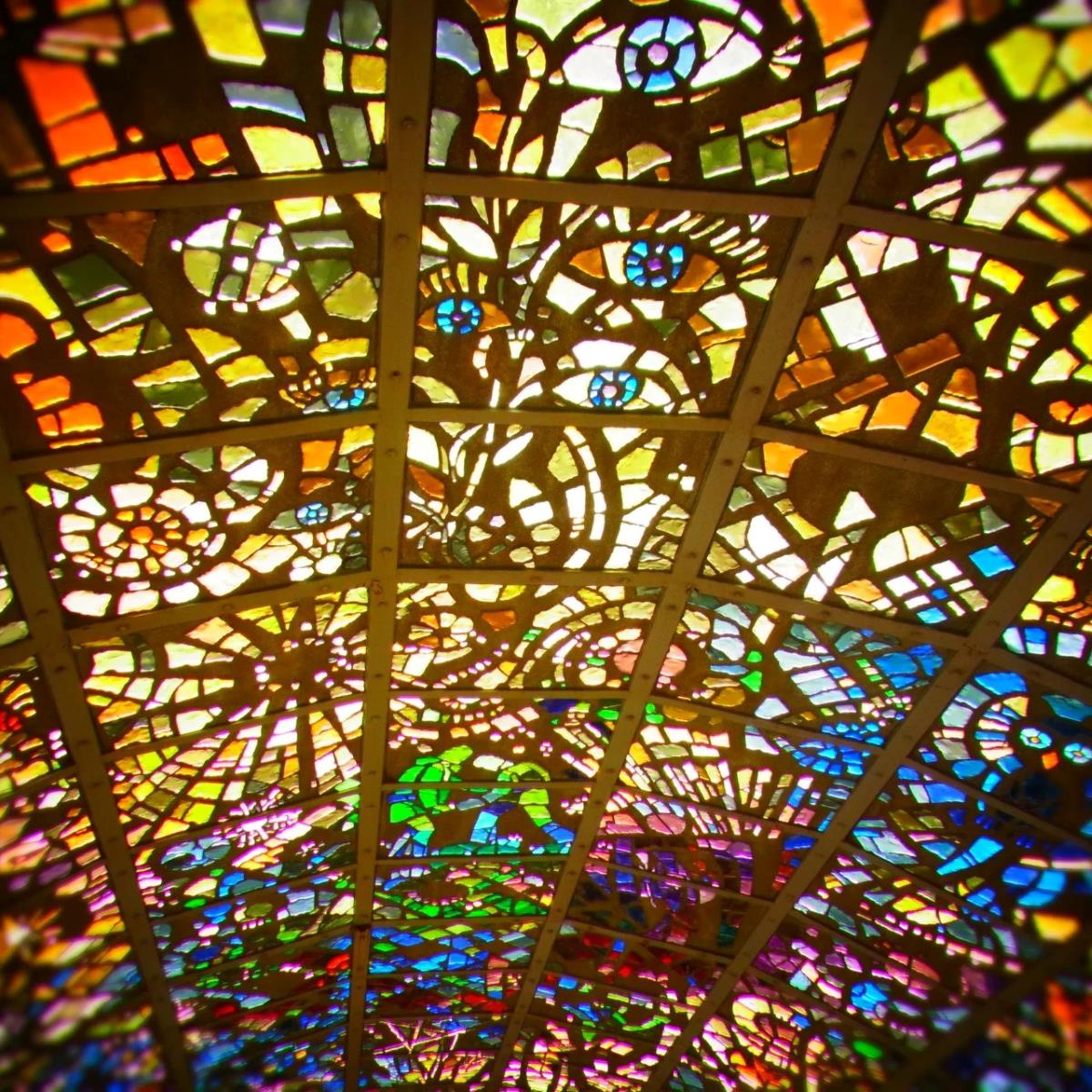

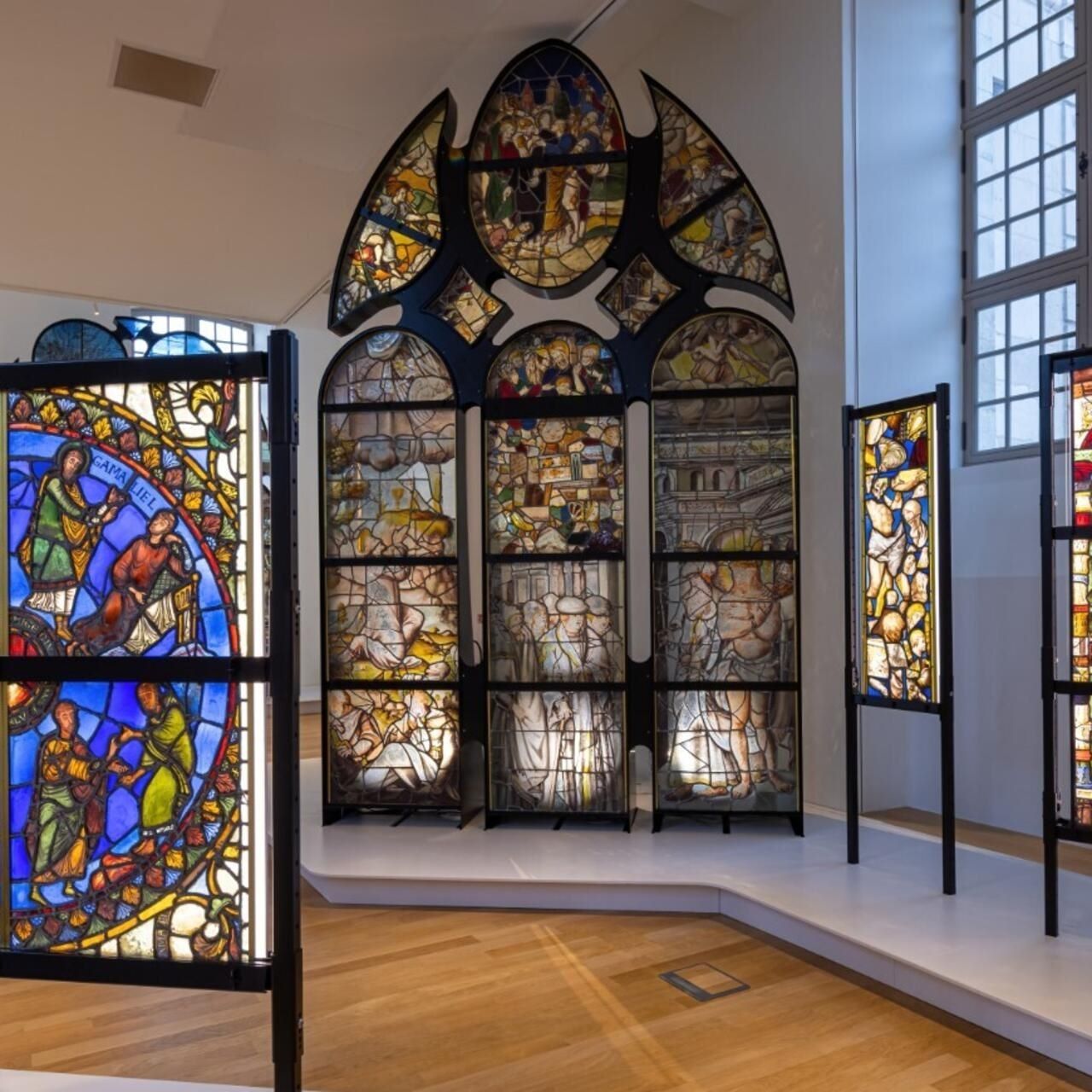

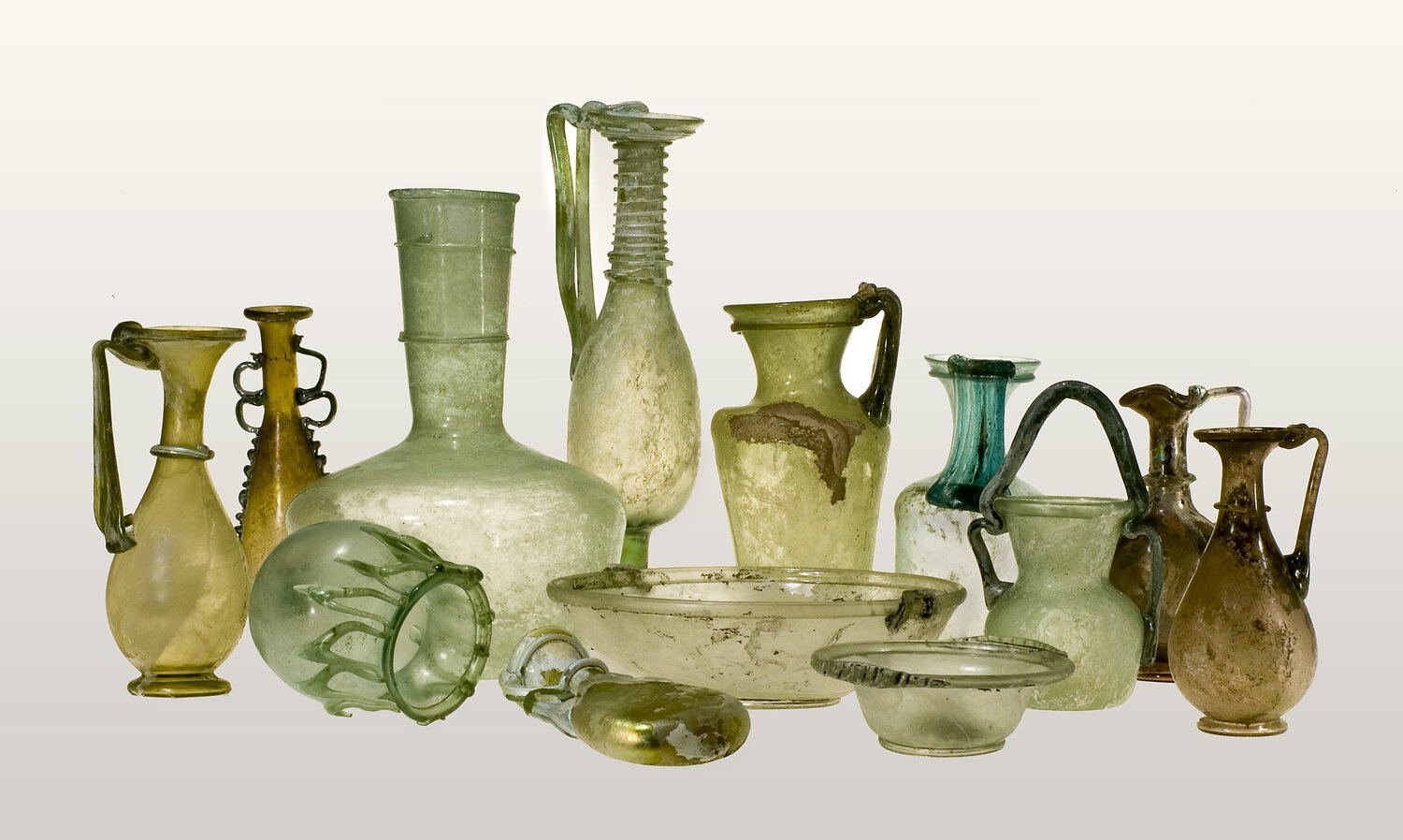

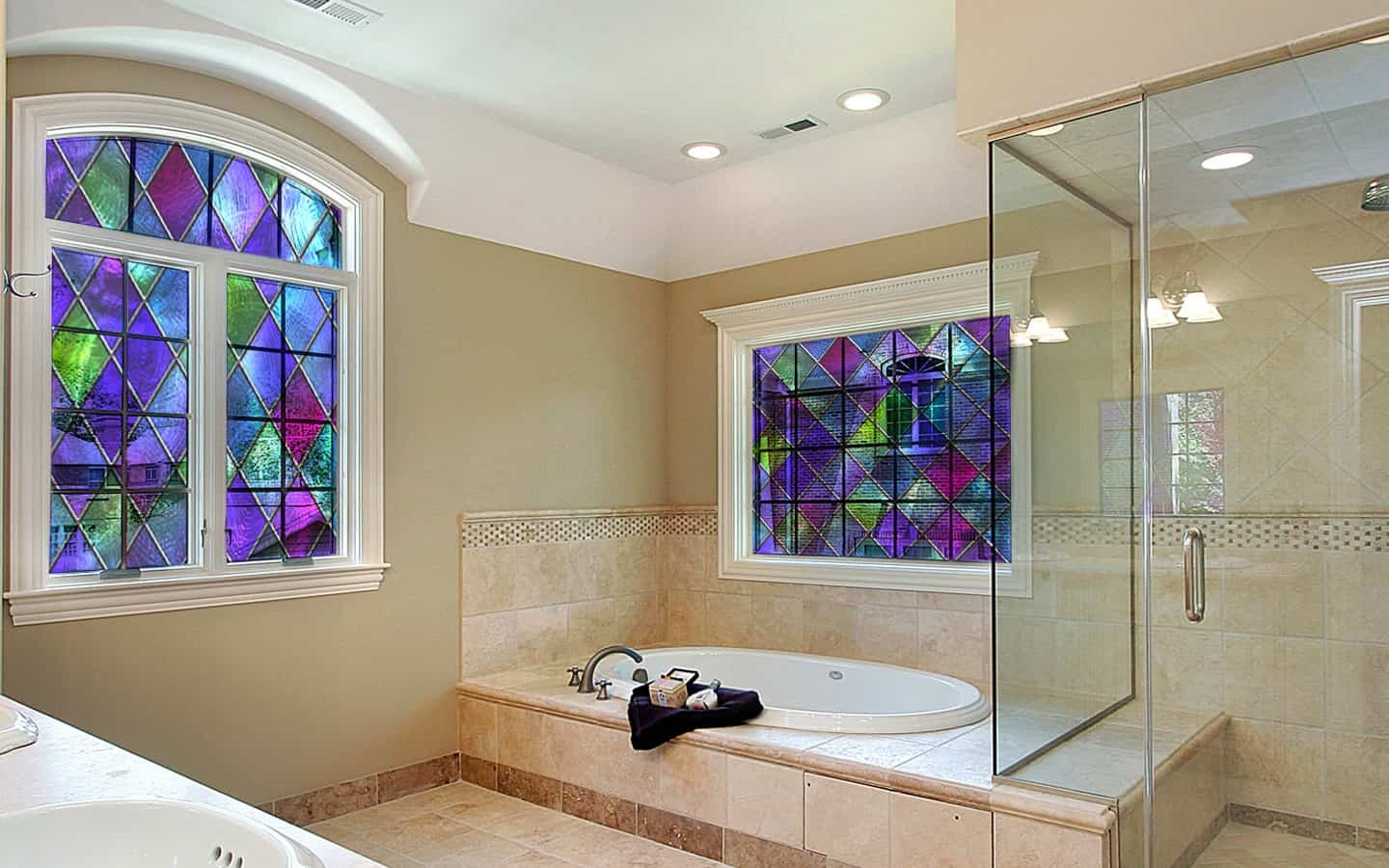


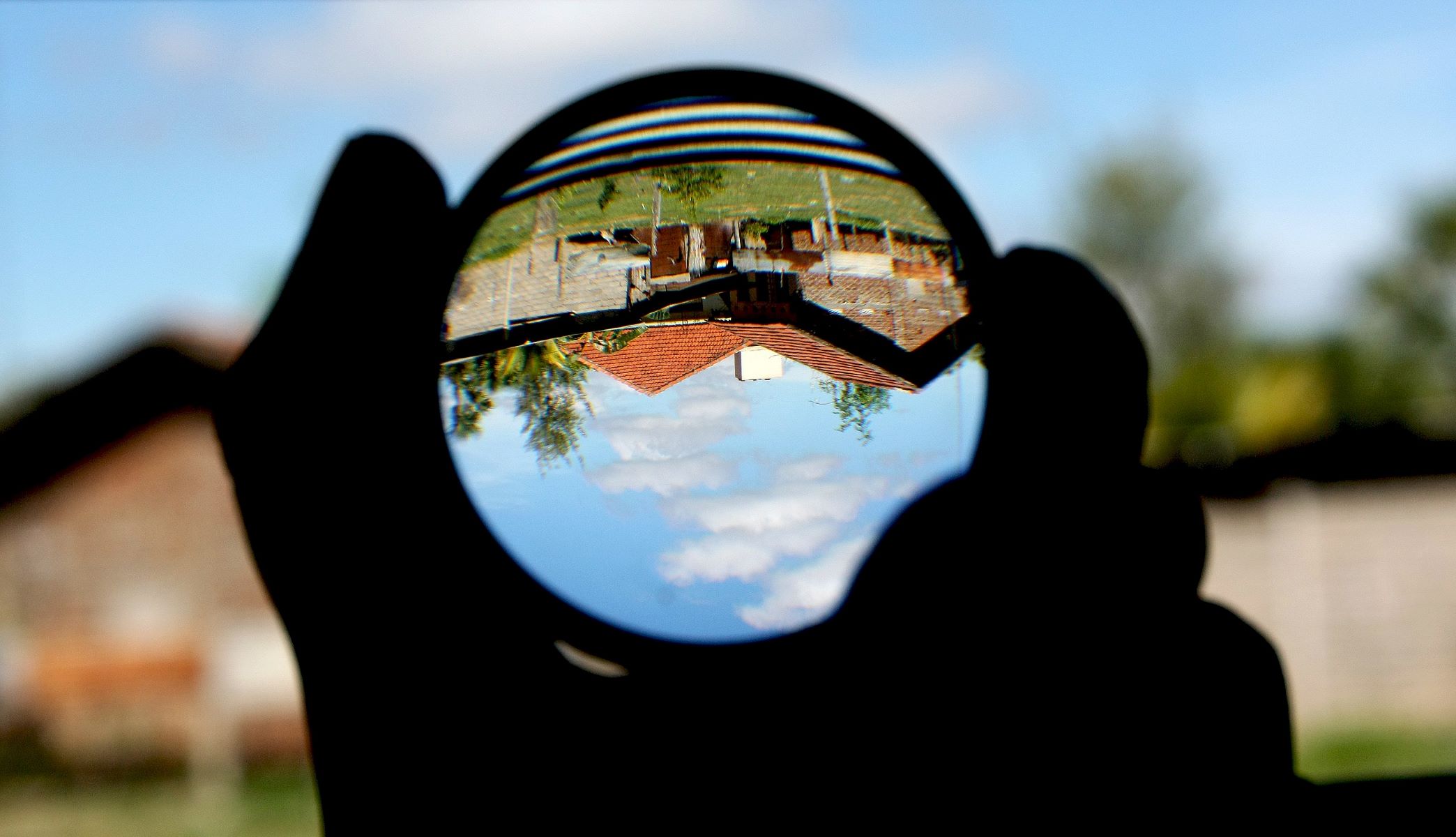

0 thoughts on “What Type Of Stained Glass Window Was Invented During The Gothic Period?”